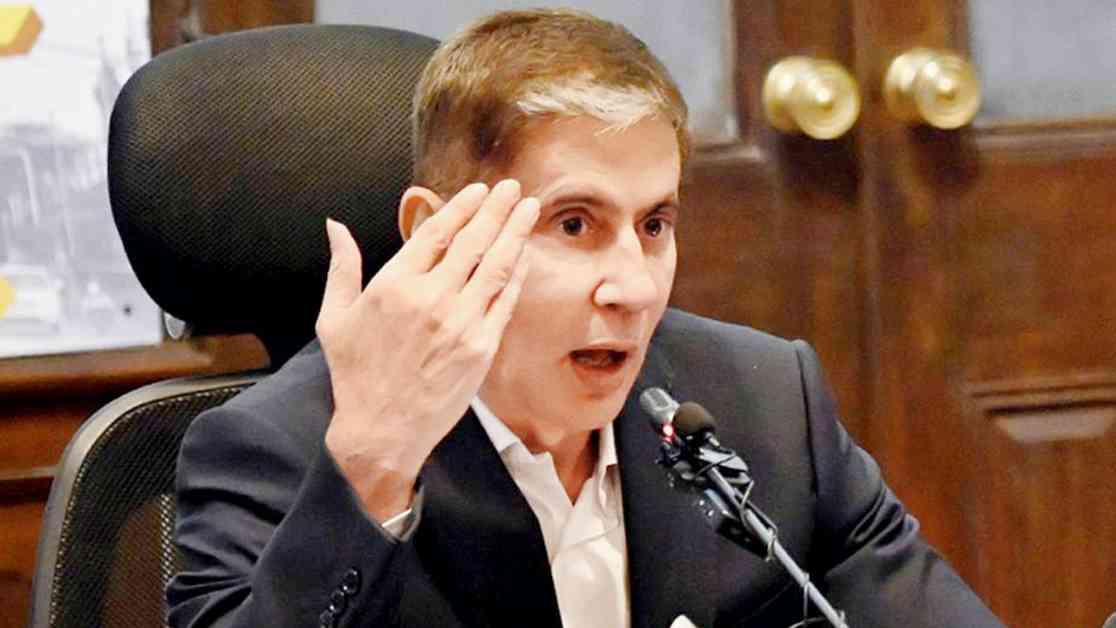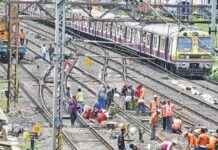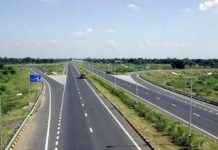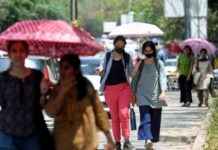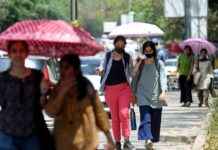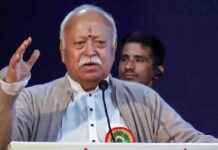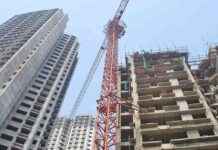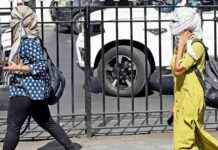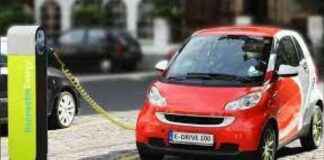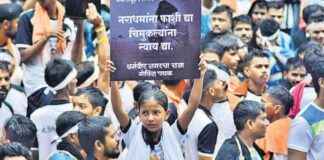In a recent development, the Brihanmumbai Municipal Corporation (BMC) unveiled its largest-ever budget of Rs 74,427.41 crore for the financial year 2025-26, with no tax increase. The budget was presented to municipal commissioner Bhushan Gagrani, the state-appointed administrator of the civic body. Following this milestone, civic chief Bhushan Gagrani sat down with mid-day to discuss the strategic decision to utilize fixed deposits, the possibility of taxing slums, and other pertinent plans.
Utilizing Fixed Deposits for City Development
One of the key points of discussion was the BMC’s intention to utilize fixed deposits (FDs) for the city’s development. Bhushan Gagrani emphasized that tapping into these funds would not jeopardize the financial stability of the BMC. With Rs 82,854 crore in fixed deposits as of January, Gagrani explained that fluctuations in these deposits are standard financial adjustments. Despite concerns, he clarified that FDs are not the sole indicators of the BMC’s financial health. While the net earnings from FDs are a mere 2 percent, the BMC needs to allocate resources towards crucial development projects. Gagrani reassured that using FDs for development is a prudent move that does not put the BMC at risk of financial distress. The low interest rate of 2.5 percent on these funds, coupled with the inflation rate, makes it imperative to allocate these resources towards essential projects.
Ambitious Projects and Urban Development
The discussion also delved into the benefits of announcing ambitious projects for urban development. The BMC has proposed designating the Mumbai Coastal Road (South), Goregaon-Mulund Link Road (GMLR), Mumbai Coastal Road (North), and Elevated Road from Link Road to Dahisar (West) as vital urban transport projects under the Maharashtra Regional and Town Planning Act, 1986. This designation would enable the BMC to receive a portion of the stamp duty collected from these projects, providing crucial financial backing for their development.
In addressing concerns about taxing slums, Gagrani reiterated that imposing property tax on slums would not legalize them. The focus would be on recovering property tax from commercial slum properties, with the revenue earmarked for city development. Similar to commercial establishments outside slums, the principle of property tax applies uniformly. This strategic approach aims to generate revenue for essential urban projects without compromising the status of slum pockets.
In conclusion, the BMC’s budget for 2025 underscores a commitment to strategic financial decisions that prioritize city development and essential projects. By leveraging fixed deposits for growth, exploring revenue sources through ambitious urban projects, and addressing tax implications on slum properties, the BMC is charting a path towards a sustainable and thriving urban landscape. As civic chief Bhushan Gagrani aptly stated, “These financial decisions are crucial for the progress and prosperity of Mumbai, and we are dedicated to ensuring that our city continues to grow and thrive.”
